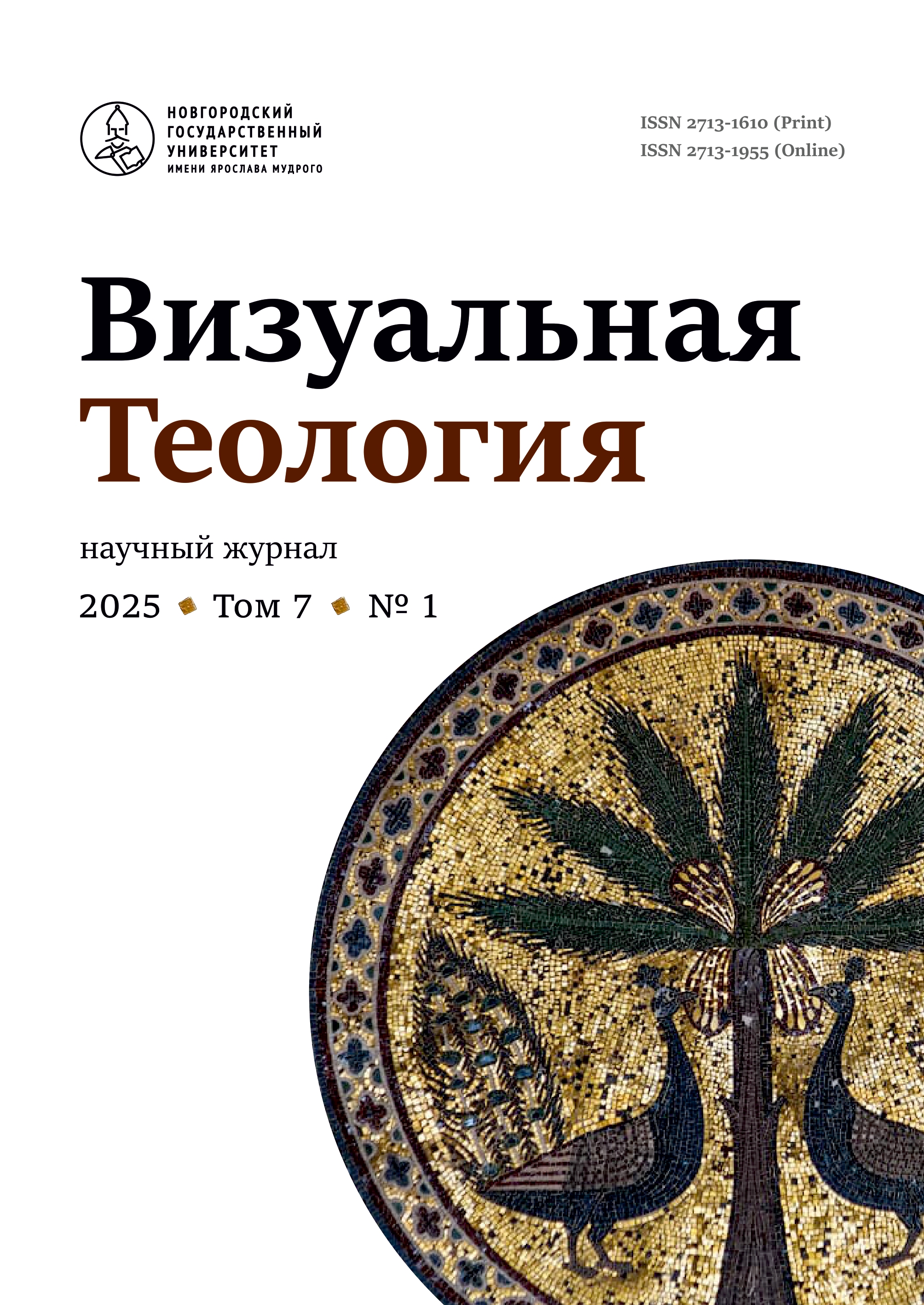Some reflections on the origins of the iconography ‘The Lord in Glory’ (Maiestas Domini): the church of the Evangelists in the Alahan monastery (5th century)
Abstract
Maiestas Domini (The Lord in Glory, the Majesty of the Lord) is an iconographic scheme according to which Christ is depicted sitting on a throne surrounded by symbolic figures of the evangelists, represented in the form of mystical beasts (tetramorph). This subject became widespread in the Middle Ages in monumental paintings, hand-written Gospels and monumental sculpture of church portals. The origins of this unusual iconography can be traced back to the Early Christian period. In the times of Early Christianity there was a wide range of compositional variations of this scene, and its interpretation in art exhibits significant iconographic diversity. The article aims to explore some aspects of the iconography ‘The Lord in Glory’ (Maiestas Domini) in Early Christian art and to analyze the causal reasons for the predominance of certain types of images. The subject of the study is one of the outstanding Early Christian monuments – the relief of the portal of the church at Alahan monastery in Isauria (Asia Minor). On the basis of the research of the theological context and of the comparison with the other preserved Early Christian monuments, the Alahan relief composition is considered as one of the earliest realizations of the iconographic scheme of ‘The Lord in Glory’ in the monumental sculpture of the church portals. Special attention in the article is paid to the analysis of the tetramorph presented in Alahan in the Old Testament interpretation, where the principle of unity of four images is clearly evident. The author states that the Alahan Maiestas Domini composition has some features that are more typical for the Eastern Christian tradition, and suggests that the theological interpretations of prophetic visions by Ephrem the Syrian played a significant role in the formation of the iconography of ‘The Lord in Glory’ in the East of the Christian world. The author concludes that the central gate relief composition of the Alahan monastery main basilica is a visual representation of the Old Testament prophecies regarding the Second Coming of Christ in Divine glory and power.



